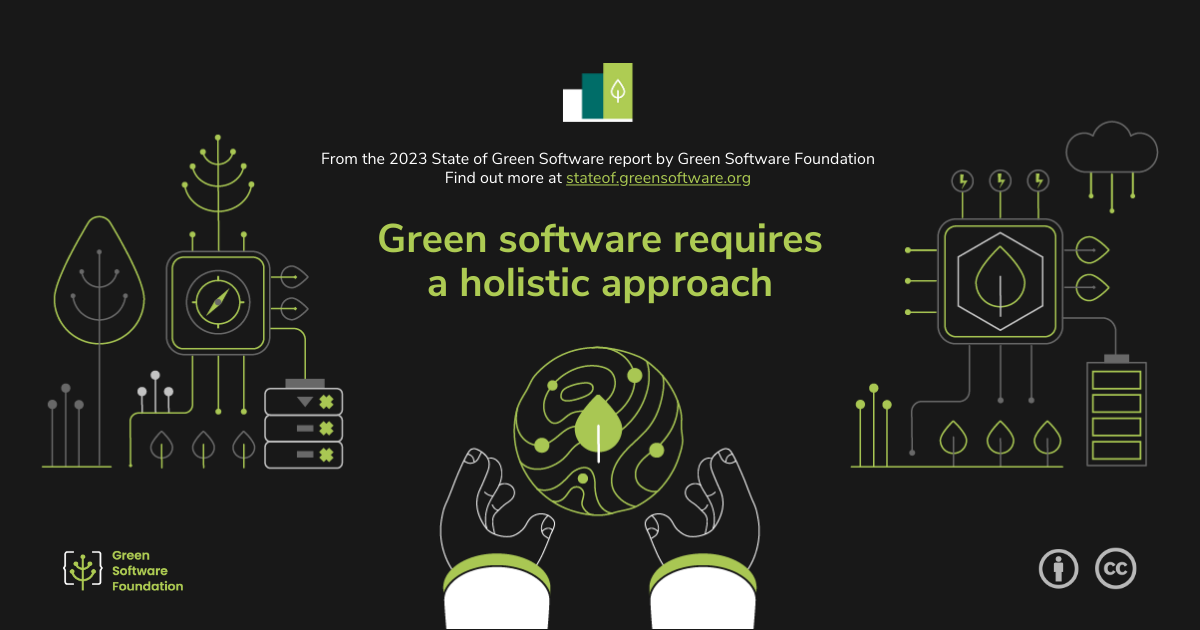Green software requires a holistic approach
Software is not produced in isolation, so efforts to decarbonize green software must consider a variety of factors in tandem with software development itself. Some growing fields in the IT industry, including Web3, gaming, AI, and the metaverse or other virtual worlds, require high levels of computation. Beyond optimizing hardware, developers should ensure their code is efficient while keeping Jevons’ Paradox in mind: making software and hardware more efficient is not enough because demand rises along with efficiency.
Some academic researchers point to the importance of a relational approach to calculating the carbon footprint of the computing industry, arguing that “instead of assessing the carbon emissions of the entire network, what we call relational footprinting proceeds from more geographically-grounded and partial perspectives of network nodes.” As they describe, methodological differences in footprinting approaches mean that not all studies include the same things “full life-cycle analysis of equipment; network operators and their equipment typically carry a larger share when evaluating use cases, while consumers, in the aggregate, outpace network equipment when production is included in calculations.”
Energy efficiency within the context of globalized ICT networks is similarly hard to parse. According to Koomey’s law, the efficiency of electronics doubles every 18 months, while Moore’s law states that processing power doubles every 18 to 24 months. With this logic, the ICT industry should be greener over time, reducing its carbon footprint as efficiency improves with power. But it is unclear whether increased efficiency, which like Moore’s law, is also slowing down as it reaches the limits of physics, will be enough to keep up with rapid increases in demand. Replacing older devices with slightly more efficient ones also creates more e-waste, which adds to the overall embodied carbon footprint. In other words, depending on increased efficiency is not enough and must be considered in relation to other factors, including renewable energy infrastructures and geographic particularities.
As Pasek, Vaughan, and Starosielski recommend, “Rather than seeking to evaluate sectoral performance as a whole, and thus overcome vast data frictions in assessments at a global scale, relational footprinting identifies specific differences between discrete and measurable local elements and suggests how these differences might be leveraged for climate mitigation.” In a recent article on energy efficiency in the context of regulation and manufacturing, Koomey et al. state: “Devising sensible regulations requires making reasonable average power consumption estimates for groups of components that reflect how they would actually be used in real products, not just treating components in isolation.” In other words, more data is needed for a product-by-product analysis.
